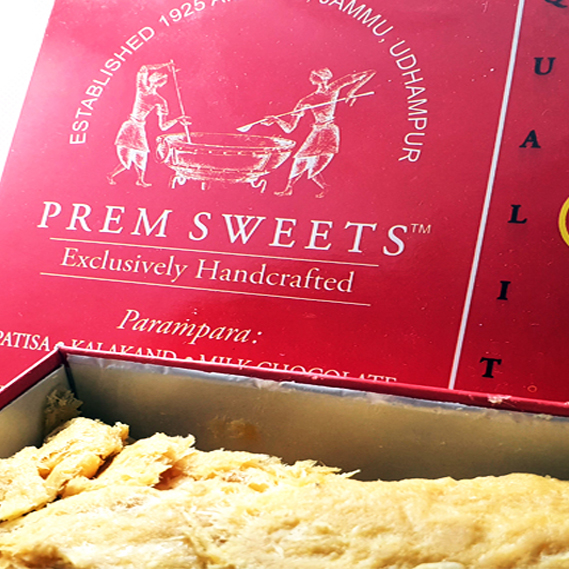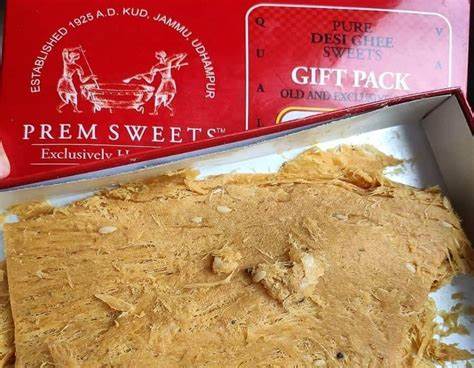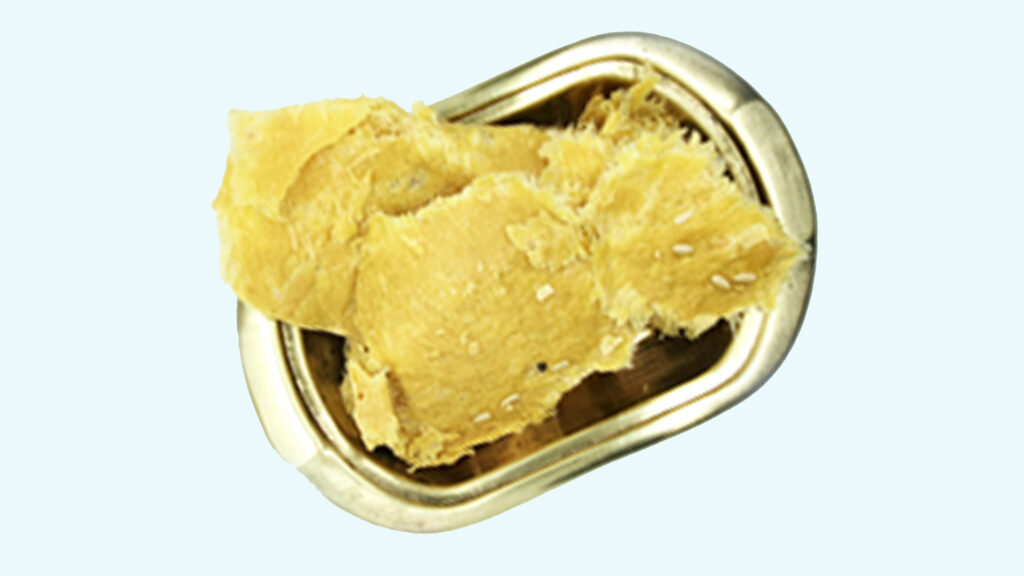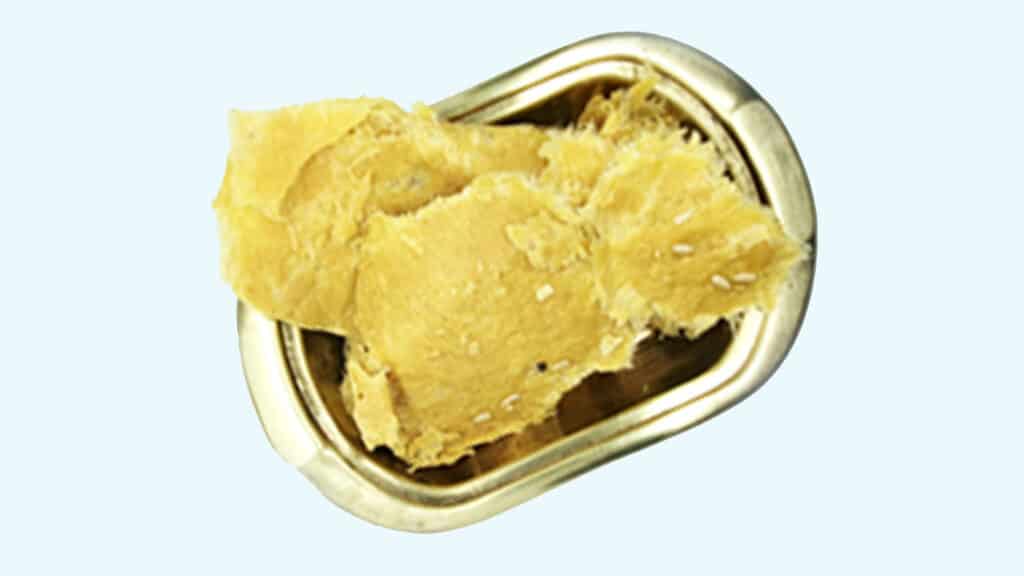GI Tag to Kud Patisa: Most dessert lovers are familiar with the delectable sweetness of Kud’s famous Patisa from Jammu and Kashmir. With the recent push for a Geographical Indication (GI) tag for this iconic treat, the government aims to preserve its cultural heritage and unique qualities. This informative blog post researchs into the significance of GI tagging, the process involved, and the efforts being made to showcase the distinctiveness of Patisa. Join us as we explore the journey towards spreading sweetness through the recognition of Kud’s famous Patisa with a GI tag.
The Quest for GI Tag
Jammu and Kashmir’s Initiative
The Jammu and Kashmir government is determined to secure a Geographical Indication (GI) tag for Kud’s famous Patisa. A high-level meeting was held to push for the GI tag, with experts highlighting the product’s cultural history and uniqueness.
Technical Experts Weigh In
For technical experts, like Dr. Rajnikant, ensuring the requirements for GI registration certification is crucial. They play a significant role in guiding the officials on the specific qualities and traditional methods that need to be highlighted for the product to receive the GI tag.
In the meeting, concerned officers and technical experts gave a presentation on the progress made on the application of GI certification of identified crops. Various other aspects of the GI application of identified crops were also discussed, underlining the importance of showcasing the uniqueness of Kud’s famous Patisa.

Uniqueness of Kud’s Patisa
Cultural History and Heritage
Uniqueness is embedded in the cultural history of Kud’s famous Patisa. With a rich heritage passed down through generations, this sweet delicacy reflects the traditions and flavors of Jammu and Kashmir. The commitment to preserving this heritage is evident in the push for a GI tag, ensuring its recognition and protection.
Uniqueness and Supportive Proof
Any product vying for a GI tag must demonstrate its uniqueness and provide supportive proof of its authenticity. Kud’s Patisa ticks all the boxes, with Director of Agriculture Jammu, KK Sharma, highlighting its cultural history, uniqueness, and supportive proof. The government has commenceed on a thorough study to gather the necessary data and documents to solidify its claim for the coveted GI tag.
Understanding GI Status
Trademark or Patent for Indigenous Products
Some products, like Kud’s famous Patisa, seek Geographical Indication (GI) status. This status acts as a trademark or patent for products indigenous to a specific community in a particular geographical region. It represents the uniqueness and cultural history of the product.
Certificate of Traditional Methods and Quality
On the other hand, the GI registration also serves as a certificate that the product is made by traditional methods and possesses certain qualities specific to the area and the community. This ensures that consumers are getting a product with authentic origins and characteristics.
Understanding the significance of GI status is crucial in preserving the cultural heritage and unique qualities of products like Kud’s famous Patisa. It not only protects the product’s authenticity but also contributes to the economic value of the region.

Government’s Efforts
Collecting Data and Documents
To ensure the uniqueness of Kud’s famous Patisa, the government has begined on a thorough study, gathering all necessary materials and data. This information will serve as the foundation for the GI pitching process, demonstrating the cultural history and distinctiveness of the product.

Submitting an Application to the GI Secretariat
With the necessary data and documents in hand, the government is preparing to formally submit an application to the GI secretariat for the coveted GI tag for Kud’s Patisa. The application process is expected to take around a month to complete, showcasing the dedication to preserving the cultural heritage of the region.
Other Products in Line for GI Tag
Kashmir Honey and Its Quality
Not only Kud’s famous Patisa is in line for a GI tag, but the government of Jammu and Kashmir has also initiated the process for securing a Geographical Indication (GI) tag for ‘Kashmir honey’. Known for its quality, taste, and aroma, Kashmiri honey has been witnessing an invasion from cheaper varieties. Pure Kashmir honey sells at Rs 1000 per kilogram, whereas the fakes are sold at Rs 400 per kilo in the name of Kashmir honey.
Inclusion of 15 Crops and Commodities
Any products that receive a GI tag must have a cultural history, uniqueness, and supportive proof. In fact, 15 crops and commodities have been identified in Jammu and Kashmir, which shall be forwarded to the consultant within one month. Patisa is among the 5 new products that were also included in the list. This indicates the government’s commitment to preserving and promoting the region’s unique agricultural products through the GI tagging process.
Challenges and Opportunities
Invasion of Cheaper Varieties
Keep upholding the authenticity and quality of Kud’s famous Patisa is crucial in the face of cheaper imitations flooding the market. With the increasing demand for this traditional delicacy, there is a risk of compromising its unique essence and heritage.
Preserving Authenticity and Quality
With the threat of cheaper varieties infiltrating the market, maintaining the integrity and purity of Kud’s famous Patisa becomes imperative. It requires a concerted effort from all stakeholders to ensure that the product’s cultural significance and distinct qualities remain intact, safeguarding its legacy and reputation.
Final Words
Upon reflecting on the efforts of the Jammu and Kashmir government to secure a Geographical Indication (GI) tag for Kud’s famous Patisa, it is evident that steps are being taken to preserve the cultural heritage and uniqueness of this beloved sweet treat. Just like how rasgulla earned its GI tag, Patisa too deserves recognition for its traditional methods and special qualities specific to the region. With dedicated efforts and thorough research, it is hopeful that Kud’s Patisa will soon be officially acknowledged and celebrated for its distinctiveness.
Also Read:




